This article was co-authored by Eric Christensen, DPT and by wikiHow staff writer, Hannah Madden. Eric Christensen is a Physical Therapist based in Chandler, Arizona. With over a decade of experience, Eric works in both orthopedic and neurological fields and specializes in custom orthotic prescription and casting, vestibular reprogramming, and manual therapy. He holds a Bachelor’s degree in Exercise Science with a focus in Sports Medicine from Colorado State University and a Doctor of Physical Therapy from Regis University. In practice, Eric takes a developmental approach to rehabilitation utilizing the Selective Functional Movement Assessment. He uses functional movement patterning and manual therapy to return patients to prior levels of function.
This article has been viewed 9,057 times.
Everyone experiences back pain now and again, but severe lower back pain can seriously disrupt your daily life. Standing up from a sitting position or standing for long periods of time without hurting your back can be tough if you’re already dealing with discomfort. We’ve answered some of your questions about lower back pain so you can sit, stand, and walk while taking pressure off your spine to lower your pain levels throughout the day.
Steps
How do I stand for long periods of time with lower back pain?
-
1Stand with good posture and your weight evenly distributed. Roll your shoulders back and keep your neck in line with your spine. Make sure your weight sits evenly on both legs, and tuck your hips in toward yourself.[2]
-
2Adjust the height of your work surface so you don’t have to bend over. If you’re working at a table, try to raise it up to avoid bending at the waist. If you can’t adjust your work surface, try to bend your legs to lower down instead of leaning forward at the waist.[3]
-
3Prop 1 foot on a foot stool if you’re standing for a long time. If you’re standing for an hour or more, grab a foot stool and keep it nearby. Prop your right foot on it for 15 minutes, then switch to your left foot. Keep switching to keep tension off your lower back and relieve some of your pain.[4]
What position relieves lower back pain?
-
1Lie on the floor with pillows under your knees. This will take some of the pressure off your lower back to give you quick relief. If you don’t have a pillow, lie on your back with your knees bent and your feet up on a chair instead.[7]
-
2Sit in a chair with good lumbar support. If you’re going to be sitting for long periods of time, choose a chair with a straight back that supports your lower back while you sit. Prop your feet up on a stool to keep your knees just slightly higher than your hips to take the weight off your lower back.[8]
- If your chair doesn’t have great lumbar support, prop a rolled up towel behind your back instead.
Why can’t I stand up straight due to lower back pain?
-
1You might have a ruptured disc. If your pain is so bad that you can’t stand up all the way, there could be a disc in your spine that has slipped out of place. If that’s the case, you can treat it with over-the-counter medication and light exercise if you feel up to it. Talk to your doctor for a full treatment plan.[9]
-
2You could have a condition called spinal stenosis. This condition, that’s more common in people as they age, causes your vertebra to crunch closer together, leading to pain and discomfort. Spinal stenosis can’t be cured, but you can manage the pain with oral antihistamines and physical therapy.[10]
How do you get rid of lower back pain?
-
1Try lower back stretches.[11] These stretches will help keep your lower back healthy and relieve tension and pain in your muscles. Make sure you do every stretch with the proper form to avoid hurting yourself any further.[12]
- The most common stretches include the standing back stretch, the cat-cow stretch, and the knee to chest stretch.
-
2Stay active with light exercise. Keeping your muscles strong and your body healthy can help reduce your lower back pain. If your pain is severe, start off with swimming, walking, or yoga to take it slow.[13]
- If your pain is so severe that you can’t exercise, talk to a doctor about your next steps.
Expert Q&A
-
QuestionIs it better to stand or sit with lower back pain?
 Jarod Carter, DPT, CMTJarod Carter is a Physical Therapist, Consultant, and the Owner of Carter Physiotherapy, a manual physical therapy clinic in Austin, Texas focused on manual therapy as well as telehealth services to resolve pain and injuries. Dr. Carter has over 15 years of professional physical therapy experience. He received a DPT (Doctor of Physical Therapy) and an MTC (Manual Therapy Certification) from the University of St. Augustine for Health Sciences. Dr. Carter also holds a BS in Kinesiology from the University of Texas at Austin.
Jarod Carter, DPT, CMTJarod Carter is a Physical Therapist, Consultant, and the Owner of Carter Physiotherapy, a manual physical therapy clinic in Austin, Texas focused on manual therapy as well as telehealth services to resolve pain and injuries. Dr. Carter has over 15 years of professional physical therapy experience. He received a DPT (Doctor of Physical Therapy) and an MTC (Manual Therapy Certification) from the University of St. Augustine for Health Sciences. Dr. Carter also holds a BS in Kinesiology from the University of Texas at Austin.
Physical Therapist It's really important to move around when you have back pain so long as there isn't some specific kind of movement that's triggering your pain. You don't want to be in any single location for too long, as it tends to put a lot of excessive pressure on your back.
It's really important to move around when you have back pain so long as there isn't some specific kind of movement that's triggering your pain. You don't want to be in any single location for too long, as it tends to put a lot of excessive pressure on your back. -
QuestionWhy does my back hurt?
 Jarod Carter, DPT, CMTJarod Carter is a Physical Therapist, Consultant, and the Owner of Carter Physiotherapy, a manual physical therapy clinic in Austin, Texas focused on manual therapy as well as telehealth services to resolve pain and injuries. Dr. Carter has over 15 years of professional physical therapy experience. He received a DPT (Doctor of Physical Therapy) and an MTC (Manual Therapy Certification) from the University of St. Augustine for Health Sciences. Dr. Carter also holds a BS in Kinesiology from the University of Texas at Austin.
Jarod Carter, DPT, CMTJarod Carter is a Physical Therapist, Consultant, and the Owner of Carter Physiotherapy, a manual physical therapy clinic in Austin, Texas focused on manual therapy as well as telehealth services to resolve pain and injuries. Dr. Carter has over 15 years of professional physical therapy experience. He received a DPT (Doctor of Physical Therapy) and an MTC (Manual Therapy Certification) from the University of St. Augustine for Health Sciences. Dr. Carter also holds a BS in Kinesiology from the University of Texas at Austin.
Physical Therapist There could be a variety of things causing you back pain. It's really important to see a doctor and have them take a look to see if they can find the source of the issue. You deal with different sources of back pain in distinctly different ways, so it's really important to know what the main problem is.
There could be a variety of things causing you back pain. It's really important to see a doctor and have them take a look to see if they can find the source of the issue. You deal with different sources of back pain in distinctly different ways, so it's really important to know what the main problem is.
Warnings
- If you have severe pain that disrupts your daily life, talk to a medical professional.[14]⧼thumbs_response⧽
References
- ↑ https://my.clevelandclinic.org/health/articles/4290-low-back-pain-coping
- ↑ https://my.clevelandclinic.org/health/articles/4290-low-back-pain-coping
- ↑ https://www.healthinfotranslations.org/pdfDocs/DoDontLowBack.pdf
- ↑ https://my.clevelandclinic.org/health/articles/4290-low-back-pain-coping
- ↑ https://www.healthinfotranslations.org/pdfDocs/DoDontLowBack.pdf
- ↑ https://www.ncbi.nlm.nih.gov/pmc/articles/PMC2989236/
- ↑ https://www.aafp.org/afp/2003/0515/p2191.html
- ↑ https://www.aafp.org/afp/2003/0515/p2191.html
- ↑ https://www.health.harvard.edu/pain/when-to-get-help-for-low-back-pain
- ↑ https://www.health.harvard.edu/pain/when-to-get-help-for-low-back-pain
- ↑ Eric Christensen, DPT. Physical Therapist. Expert Interview. 17 March 2021.
- ↑ https://www.healthinfotranslations.org/pdfDocs/DoDontLowBack.pdf
- ↑ https://www.aafp.org/afp/2003/0515/p2191.html
- ↑ https://www.health.harvard.edu/pain/when-to-get-help-for-low-back-pain
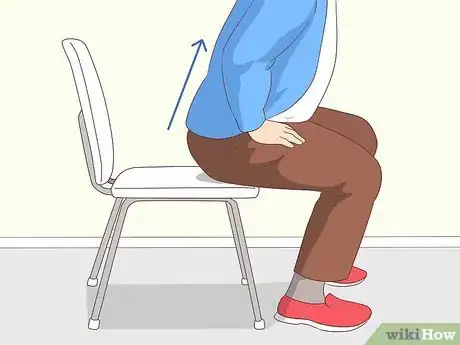
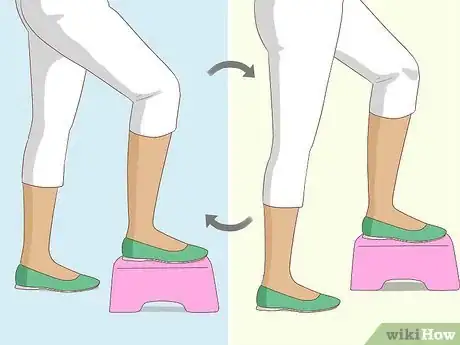
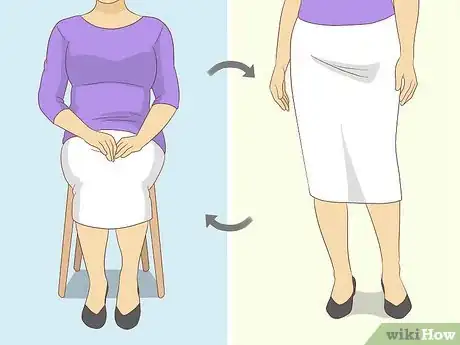
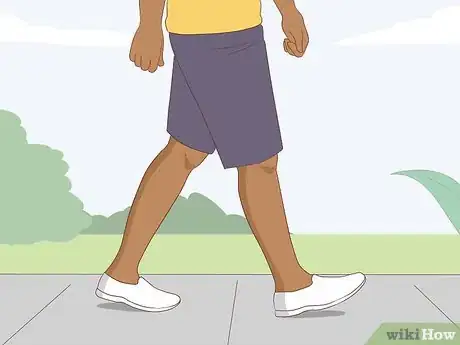
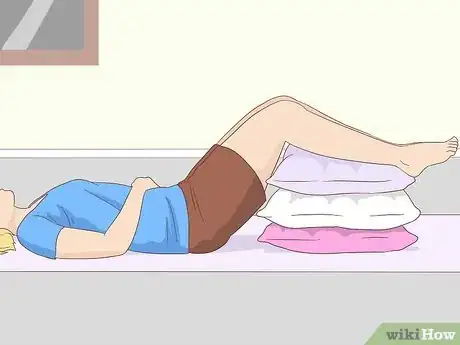
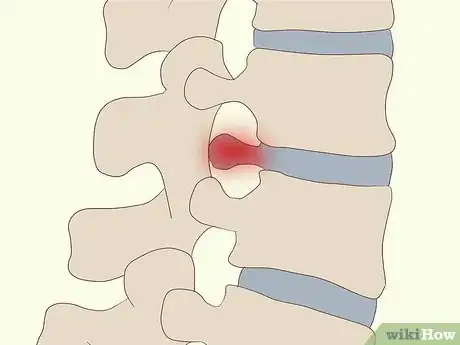
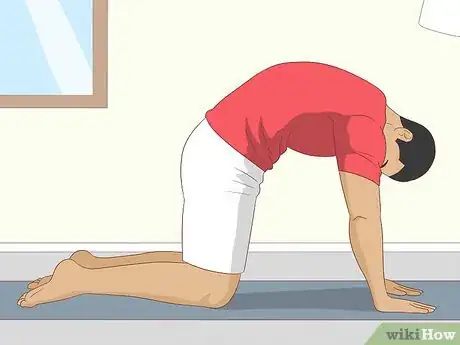
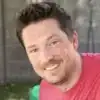
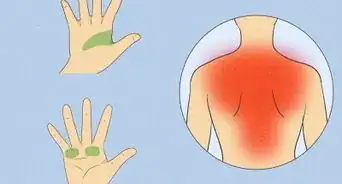
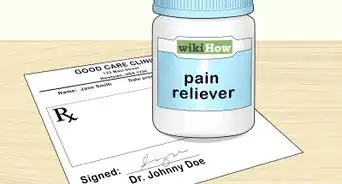
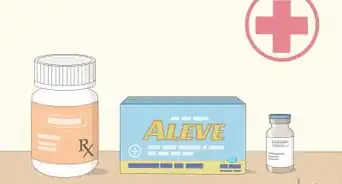
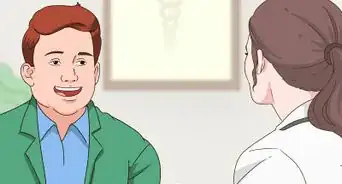
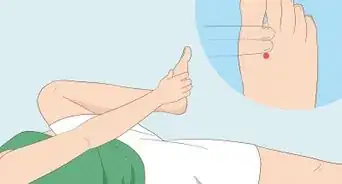
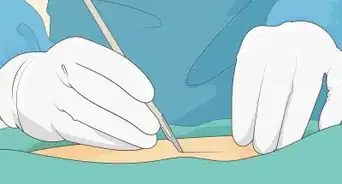
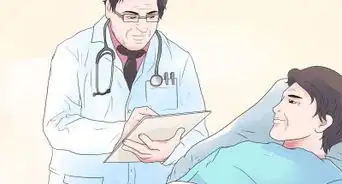
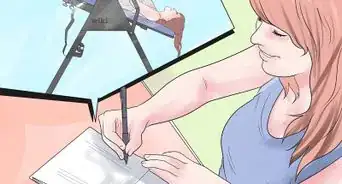
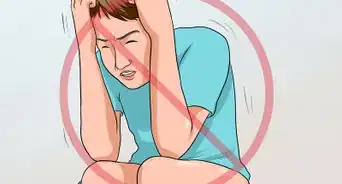
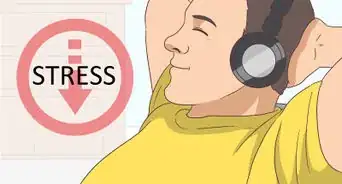
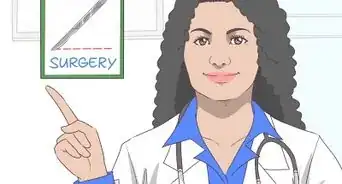
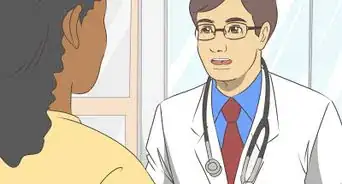
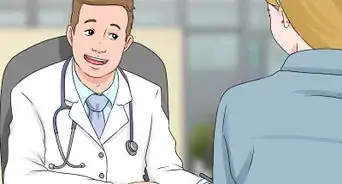
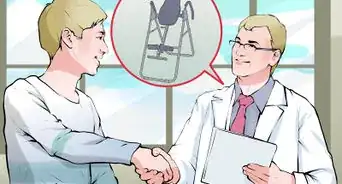






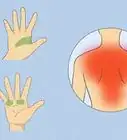
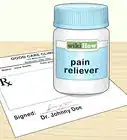
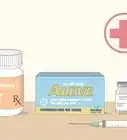
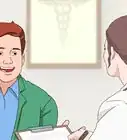




































Medical Disclaimer
The content of this article is not intended to be a substitute for professional medical advice, examination, diagnosis, or treatment. You should always contact your doctor or other qualified healthcare professional before starting, changing, or stopping any kind of health treatment.
Read More...